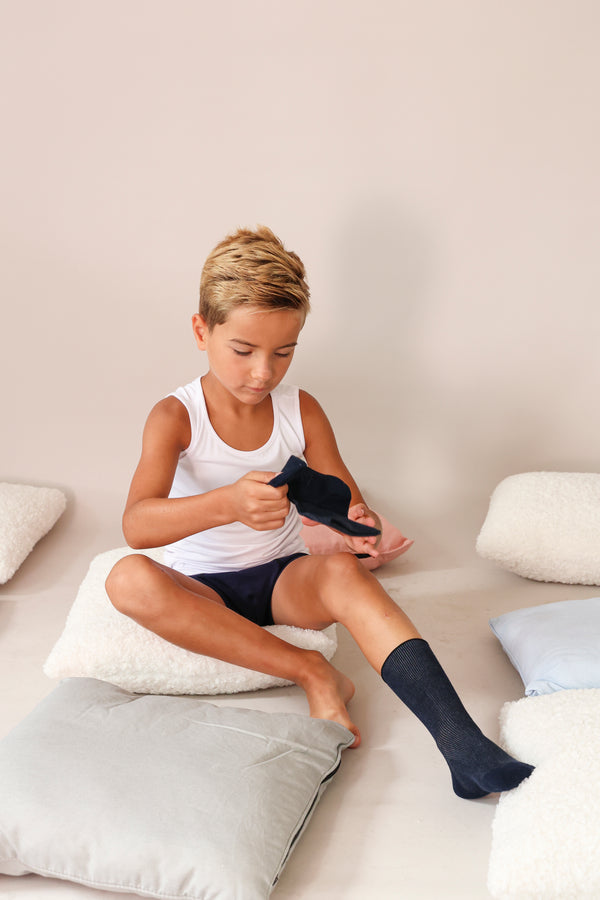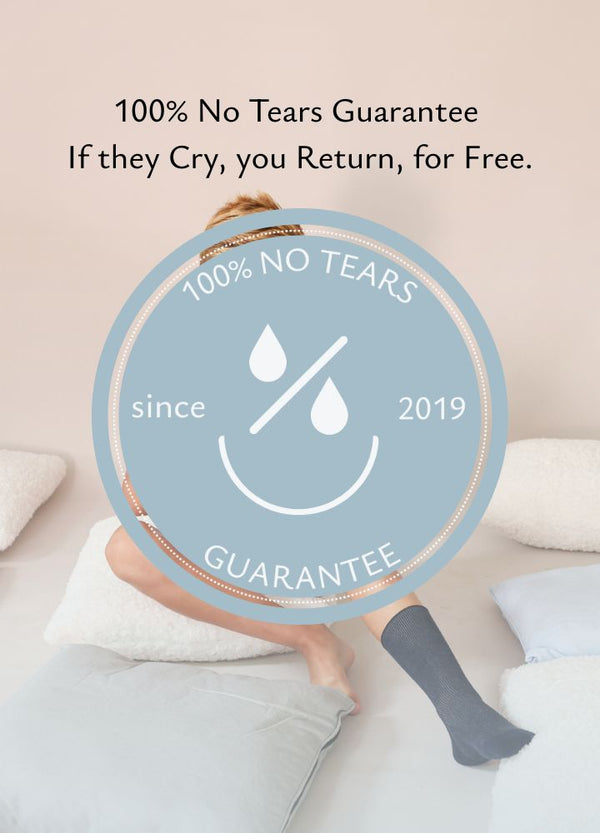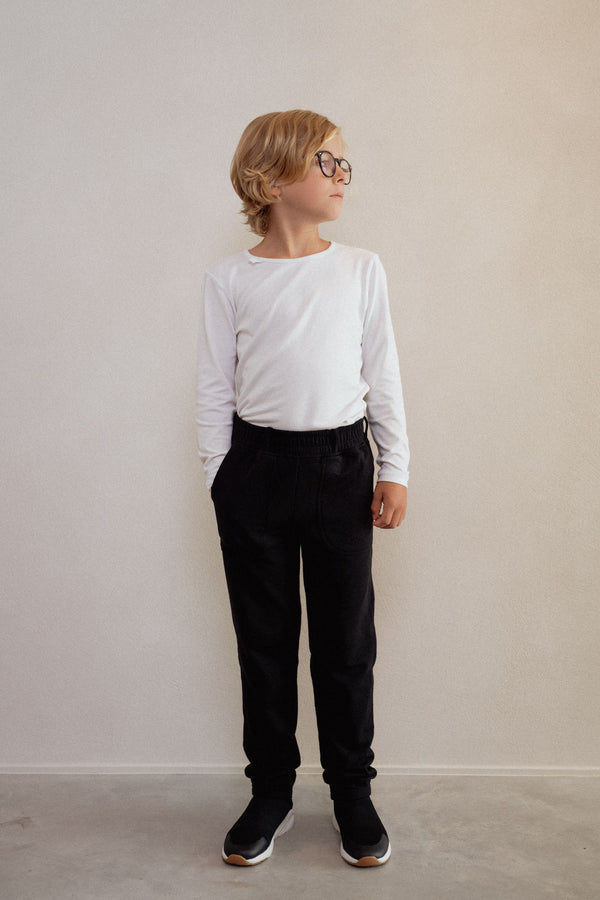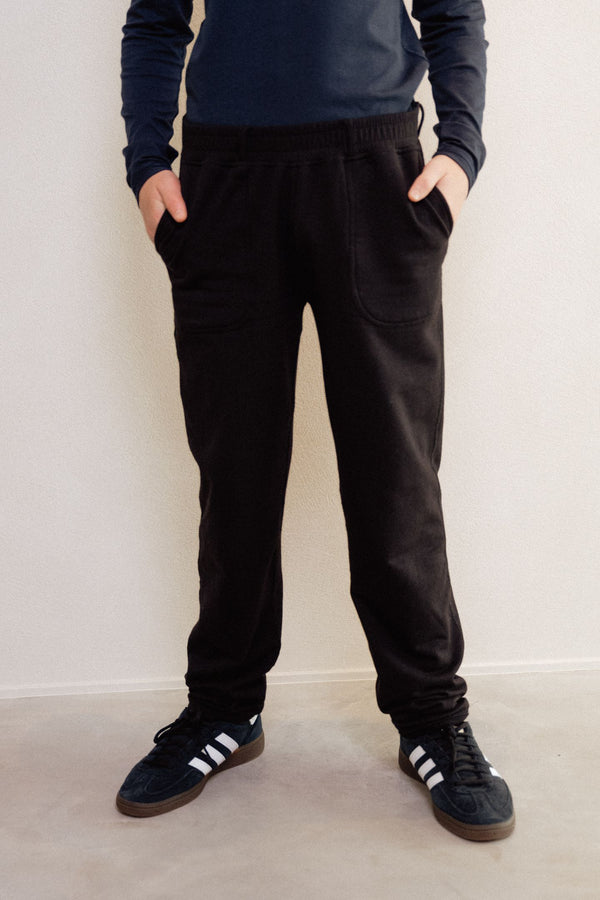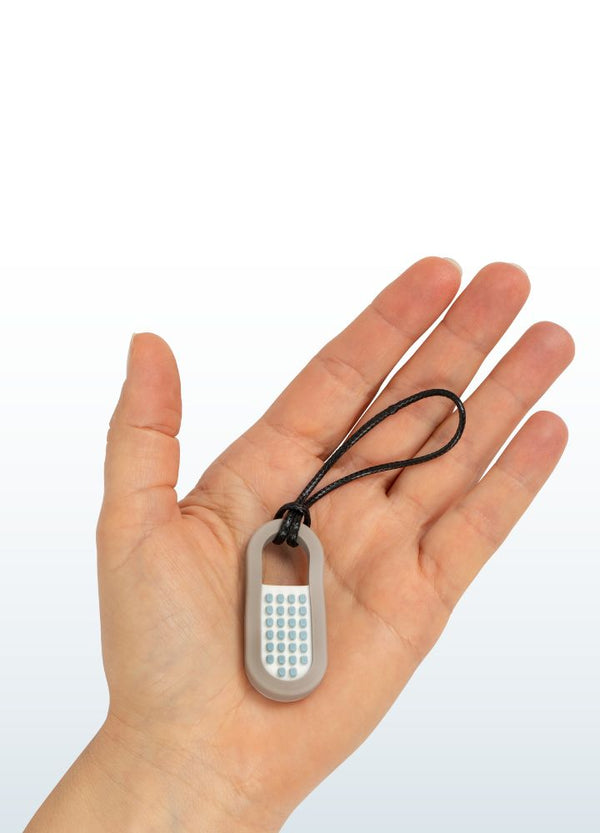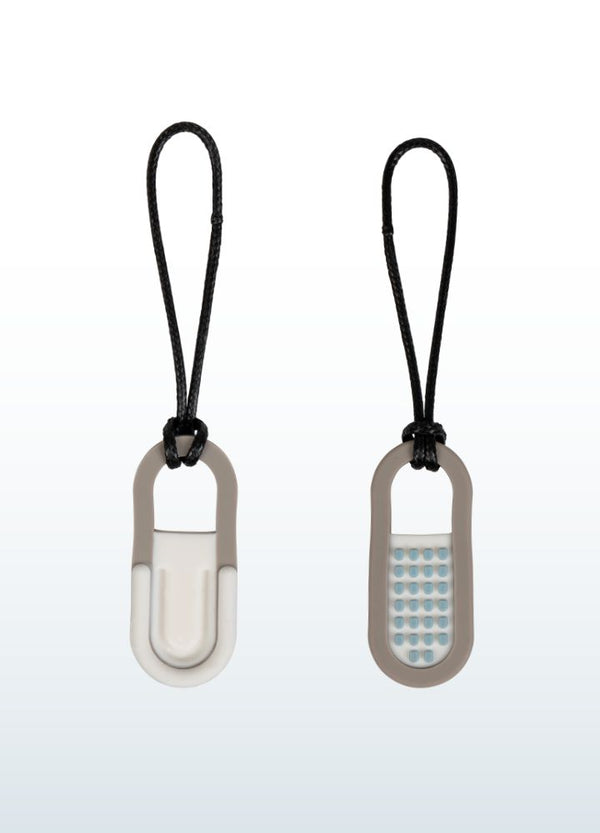Guide to Autism Clothing: Comfort and Style in 2025

Imagine slipping into a shirt that feels like a gentle hug, soothing your senses and making every moment a little easier. That is the promise of autism clothing as we look ahead to 2025.
Today, autism clothing is not just about function, it is about style, confidence, and a sense of belonging. This guide dives into the real challenges people face, the latest in sensory-friendly fabrics and designs, and practical shopping tips that work.
Curious how leading brands are setting new standards in adaptive fashion? Let us explore the world of autism clothing, where comfort and innovation meet to make daily life more inclusive.
Understanding the Unique Clothing Needs of Individuals with Autism
Finding the right autism clothing starts with understanding the unique challenges faced by those on the spectrum. Comfort, predictability, and self-expression are not just preferences—they are essential for well-being and daily success.
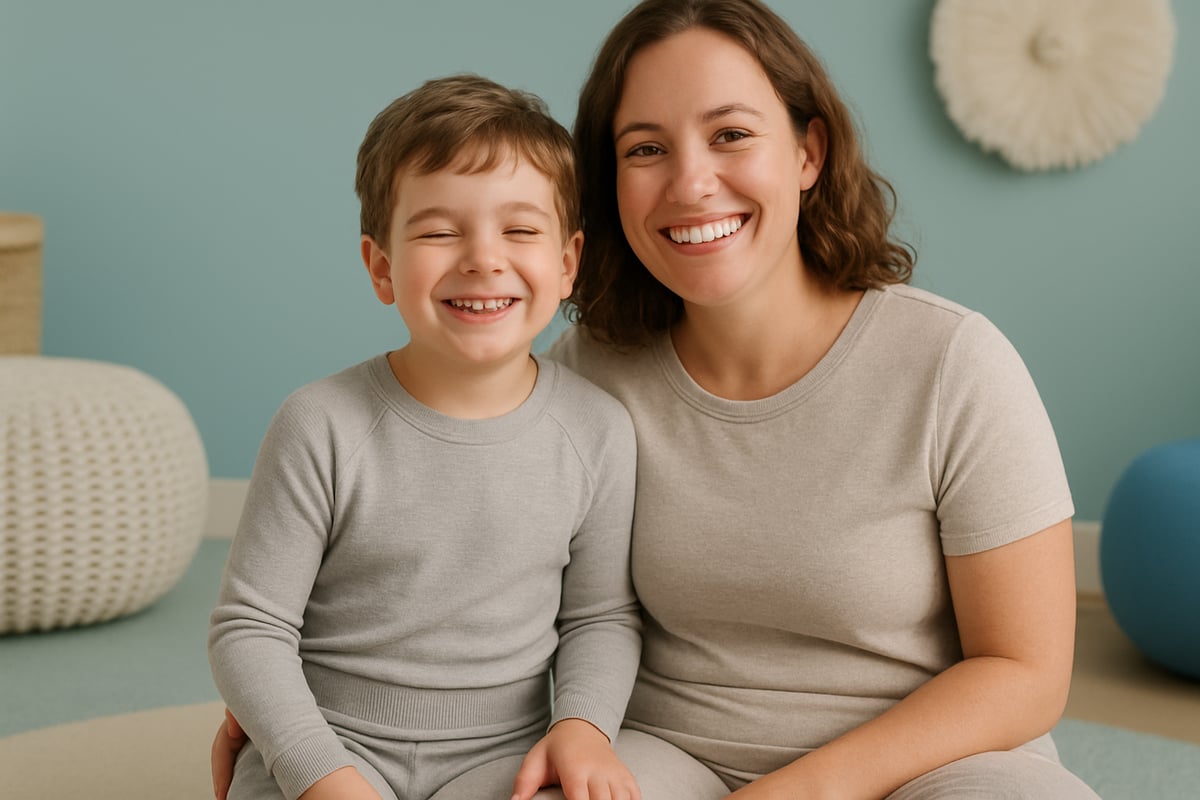
Sensory Sensitivities and Clothing
Many individuals with autism experience sensory processing challenges, making clothing choices far from simple. Itchiness from rough seams, irritation from tags, and discomfort from tight or synthetic fabrics can all trigger distress. According to Autism Speaks, even seasonal changes—like switching from shorts to pants—can cause resistance, as familiar textures provide comfort.
For many, the best autism clothing is soft, seamless, and tagless, reducing common triggers. Routine and familiarity are crucial, as they help manage sensory overload. If you want to learn more about options designed for sensitive skin, check out the Sensitive Skin Friendly Apparel Guide. Choosing the right fabrics can make daily dressing a positive experience.
The Role of Routine and Predictability
Routine is a powerful tool for those seeking comfort with autism clothing. Consistency in clothing choices can reduce anxiety and provide a sense of security, especially when the world feels unpredictable. Many individuals insist on wearing the same type of clothing, such as a favorite hoodie or a specific pair of trousers, day after day.
Visual supports and choice boards can ease transitions when introducing new pieces. Gradual exposure, like letting someone touch or see new clothing before wearing it, helps build acceptance. Embracing routine is not about rigidity—it is about supporting confidence and emotional stability with autism clothing.
Behavioral and Emotional Factors
Autism clothing is more than fabric—it is deeply connected to self-esteem, focus, and social participation. Anxiety can rise when faced with new styles or textures, leading to stress or even meltdowns. Comfortable clothing, on the other hand, can improve attention and reduce emotional outbursts.
Behavioral therapists often recommend personalized approaches, recognizing that what works for one person may not suit another. Case studies show that when clothing feels right, individuals are more likely to engage in social activities and develop confidence. Choosing the right autism clothing is a step toward empowerment.
Clothing for Different Age Groups and Abilities
The needs for autism clothing change across the lifespan. Children might benefit from anti-strip jumpsuits or easy-on/off garments, while teens may prioritize style and self-expression. Adults might require work-appropriate attire that supports independence.
Cognitive and developmental abilities also play a role. Adaptive features, such as magnetic closures or elastic-free cuffs, make dressing easier for those with limited mobility or toileting needs. Ultimately, inclusive design ensures everyone can find autism clothing that fits their life and personality.
Innovations in Sensory-Friendly Fabrics and Designs for 2025
Imagine slipping into clothing that feels like a gentle hug, designed just for your comfort and peace of mind. The world of autism clothing is transforming in 2025, with new fabrics, features, and styles that make every day easier and more stylish for those with sensory sensitivities.
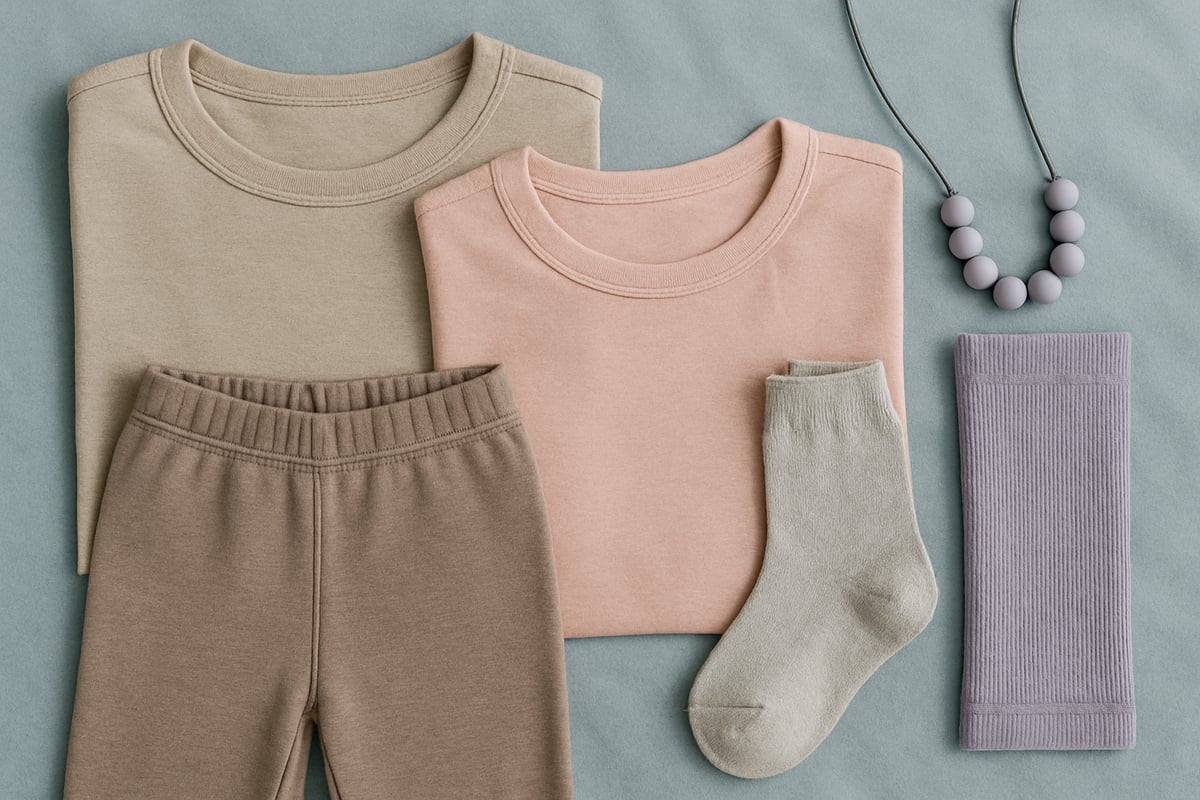
Advances in Fabric Technology
The biggest leap in autism clothing comes from the fabrics themselves. In 2025, brands are introducing hypoallergenic, breathable, and highly stretchable materials that reduce irritation for sensitive skin. Seamless and tagless construction is now the norm, eliminating the scratchy seams and labels that often trigger discomfort.
Bamboo, modal, and organic cotton are top choices, offering a silky feel and natural moisture-wicking abilities. These textiles also regulate temperature, keeping the wearer cool or warm as needed. Many brands use blends like 95 percent cotton with 5 percent spandex for gentle stretch and shape retention.
|
Fabric |
Benefits |
Common Use |
|---|---|---|
|
Bamboo |
Soft, moisture-wicking, hypoallergenic |
Shirts, underwear, socks |
|
Modal |
Smooth, breathable, durable |
Pajamas, base layers |
|
Organic Cotton |
Chemical-free, soft, versatile |
Everyday wear, accessories |
If you want to dig deeper into what sets these materials apart, Why BLUSSS Sensory Clothing Works offers a detailed look at fabric innovations and their positive impact on autism clothing.
Adaptive Clothing Features for Comfort
Functionality meets comfort in the latest autism clothing designs. Anti-strip and secure closures, such as back zippers and hidden snaps, help prevent unwanted undressing and boost independence. Flat seams, wide waistbands, and elastic-free cuffs prevent digging and pinching, while tagless labels and covered seams keep sensitive skin happy.
Popular adaptive features include:
-
Back zip jumpsuits for children
-
Wide, gentle waistbands on trousers
-
Magnetic or Velcro closures for easy dressing
-
No tags or exposed stitching anywhere
These thoughtful touches make getting dressed less stressful, supporting confidence and autonomy for all ages.
Stylish and Inclusive Designs
Gone are the days when autism clothing was solely about function. In 2025, style is front and center. Designers are blending discreet adaptive features into clothing that looks just like mainstream fashion. Expect to see a wide range of colors, modern cuts, and age-appropriate options for everyone.
Brands now offer collections that empower self-expression, letting individuals choose pieces that reflect their personality. Whether it is a trendy hoodie or a classic sweater, autism clothing can be both practical and stylish. This shift helps build confidence and ensures no one feels left out.
Sustainability and Ethical Production
More families and individuals are seeking autism clothing that is kind to both people and the planet. Brands are responding by using eco-friendly materials like recycled fibers and certified organic cotton. Ethical production practices, such as fair labor and transparent supply chains, are also a growing priority.
Durability is key, too. Long-lasting construction means fewer replacements and less waste, which is especially important for those who rely on familiar, comfortable pieces. Look for brands that hold organic certifications or support recycling initiatives, showing a real commitment to responsible fashion.
Step-by-Step Guide: How to Choose the Best Autism Clothing in 2025
Finding the right autism clothing can feel overwhelming, but a step-by-step approach makes it manageable. Whether you are a parent, caregiver, or an individual on the spectrum, focusing on comfort, style, and personal needs is key. Let’s break down the process, so you can build a wardrobe that truly supports well-being and self-expression.
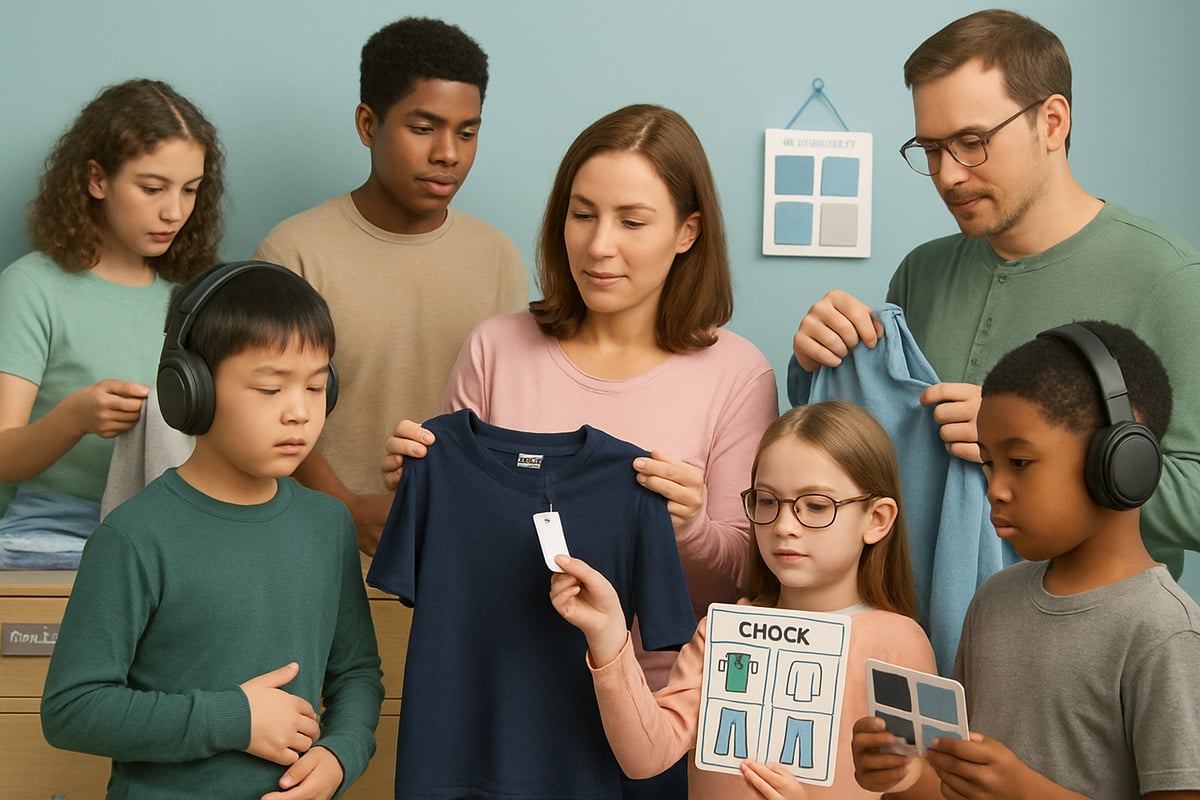
Assessing Sensory Preferences and Needs
Understanding individual sensory preferences is the foundation for choosing autism clothing. Start by observing reactions to different textures, fits, and temperatures. A clothing diary can help track which garments bring comfort or cause distress.
Involve the wearer in every step. Offer fabric swatches and allow them to touch, squeeze, or wear potential options briefly. This hands-on approach reduces anxiety and increases confidence.
Consult with occupational therapists or sensory specialists if you need extra guidance. They often recommend trial and error, tailoring choices to developmental levels. For more detailed steps, you might find the How-to Guides for Adaptive Clothing especially helpful.
Evaluating Key Clothing Features
When evaluating autism clothing, look for features designed to minimize irritation and maximize comfort.
Use this quick checklist:
-
Seamless construction for a smooth feel
-
Tagless labels to prevent scratching
-
Ultra-soft, breathable fabrics
-
Easy closures: Velcro, magnets, or pull-on styles
-
Adaptive elements for toileting or mobility
Compare closure types for ease and safety. For example, some prefer zippers over buttons, while others like magnetic fasteners. Always prioritize features that match the wearer’s unique needs.
Shopping Strategies for Different Age Groups
Autism clothing needs change with age and development. For children, prioritize durability and anti-strip features that keep them comfortable and safe. Teens often care about style, so look for trendy options that support self-expression and peer acceptance.
Adults may need clothing suitable for work or independent living. Inclusive sizing and gender-neutral designs ensure everyone can find a perfect fit. Remember, the right autism clothing should support both comfort and confidence at any age.
Trying and Transitioning to New Clothing
Introducing new autism clothing can be a sensitive process. Start by showing the item, letting the wearer touch and explore it. Use visual supports or social stories to explain why the new garment is important.
Encourage gradual exposure:
-
Begin by touching the item
-
Next, try it on for a short period
-
Gradually increase wear time
Positive reinforcement, like praise or small rewards, helps build acceptance. Keep transitions calm and predictable to reduce anxiety.
Managing Seasonal Changes and Routine Disruptions
Switching between winter and summer autism clothing can be challenging. Prepare ahead by introducing seasonal items early, using visual aids or choice boards to explain the change.
Store out-of-season clothes out of sight to avoid confusion. Consistency in routine and clear communication are vital. If resistance occurs, allow choices and offer familiar items alongside new ones to ease the transition.
Where to Buy Autism Clothing in 2025
There are more options than ever for purchasing autism clothing. Look for:
-
Specialty online retailers focused on sensory-friendly apparel
-
Mainstream stores with adaptive clothing sections
-
Custom tailoring or made-to-order services
When shopping, read product descriptions carefully and check customer reviews for real-life feedback. Prioritize retailers with flexible return policies and responsive customer support. The right autism clothing is only a few thoughtful steps away.
The Role of Sensory-Friendly Brands in Shaping the Future of Autism Clothing
Imagine a world where getting dressed is no longer a daily struggle but a source of comfort and confidence. Sensory-friendly brands are making this vision a reality for those seeking autism clothing that truly understands their needs.
BLUSSS: Leading the Way in Sensory-Friendly Comfort and Style
BLUSSS stands out as a pioneer in the autism clothing space, setting the bar high for comfort and innovation. Their mission is simple: deliver ultra-soft, seamless, and irritation-free apparel for every age and ability.
From trousers and shorts to sweaters, underwear, and socks, BLUSSS covers all the essentials. Each piece features tagless labels, covered seams, and discreet adaptive details. The brand also introduces calming tools like fidget necklaces and sensory sleeves, turning clothing into a supportive experience.
Families praise BLUSSS for making daily routines smoother and reducing sensory distress. By listening to real-world feedback, BLUSSS continues to address the core challenges faced by people seeking reliable autism clothing.
Other Notable Brands and Their Contributions
The autism clothing landscape is rapidly expanding with brands focusing on both function and style. Companies like SmartKnitKIDS, Kozie Clothes, and Fun and Function offer specialized products such as anti-strip jumpsuits, seamless socks, and tagless garments for different needs.
|
Brand |
Key Features |
Product Range |
Price Range |
|---|---|---|---|
|
SmartKnitKIDS |
Seamless socks, tagless labels |
Socks, undergarments |
$$ |
|
Kozie Clothes |
Sensory-friendly fabrics, adaptive |
Shirts, pants, vests |
$$–$$$ |
|
Fun and Function |
Anti-strip, adaptive closures |
Suits, accessories |
$–$$ |
Many leading brands collaborate with occupational therapists and autism advocates, ensuring their autism clothing not only meets comfort requirements but also reflects current trends. There are options for every budget and region, so families can find what works best.
The Importance of Community and Feedback
Real progress in autism clothing happens when brands listen and adapt. Companies are inviting autistic individuals and families to share their experiences through focus groups, surveys, and product testing.
Some brands engage in co-design initiatives, allowing users to help shape each collection. Community partnerships ensure that lived experience is at the heart of every new release.
This open dialogue leads to clothing that feels right, fits well, and supports daily participation. The result? Autism clothing that truly makes a difference, as seen in studies like Sensory Garments and Autism Participation, highlighting how the right apparel can boost confidence and involvement.
Future Trends: What’s Next for Autism Clothing?
Looking ahead, the future of autism clothing is bright and full of possibility. Smart textiles are being developed with built-in temperature sensors and calming technology for extra support.
Mainstream retailers are adding sensory-friendly lines, making inclusive fashion more accessible. Ongoing research in sensory science and apparel design is driving even greater personalization.
Expect more made-to-order options, creative collaborations, and an increased focus on advocacy. As awareness grows, so does the potential for autism clothing to empower everyone to look and feel their best.
Practical Tips for Caregivers, Parents, and Individuals
Choosing the right autism clothing is about more than just buying soft shirts or tagless socks. It’s about creating a daily experience that feels safe, empowering, and comfortable for everyone involved. Here are some hands-on strategies to make daily routines smoother and to help individuals thrive.
Building a Sensory-Friendly Wardrobe
Start by selecting versatile pieces that can be mixed and matched, making mornings less stressful. Organize autism clothing by comfort level and season, storing less-used items out of sight. Label drawers with photos or icons to help everyone find what they need quickly.
Regularly review the wardrobe and remove any items that cause discomfort. Pay attention to fabric care, as some sensory-friendly materials need gentle washing. For inspiration, check out Why We Love Blusss Sensory Clothing to see real families' experiences with these life-changing garments.
Supporting Independence and Self-Advocacy
Teaching dressing skills is a vital step toward independence. Offer choices between two or three autism clothing options, allowing individuals to express their preferences. Use step-by-step visuals or checklists to break down the dressing process.
Celebrate small wins, such as putting on a shirt alone or choosing a favorite color. Consider adaptive tools like magnetic closures or easy-pull zippers to make self-dressing easier. Encouraging self-expression through clothing helps build both confidence and autonomy.
Navigating Social and School Settings
School can bring unique challenges, especially if uniforms or peer expectations clash with sensory needs. Communicate openly with teachers about autism clothing requirements and request accommodations when possible.
Prepare for events or dress codes by introducing new outfits ahead of time. Practice wearing them in short intervals to build comfort. Equip your child with language or cards to explain their clothing choices if needed, fostering understanding among peers and staff.
Handling Clothing-Related Meltdowns and Anxiety
Notice early signs of distress, like fidgeting or refusal to get dressed. Offer calming tools such as fidget necklaces or a favorite soft hoodie. Create a safe, quiet space for changing clothes, free from pressure.
Stick to predictable routines and use social stories to explain why clothing changes are necessary. If a meltdown occurs, stay calm and patient. Consistency and empathy are key when navigating the world of autism clothing, ensuring everyone feels understood and supported.
Frequently Asked Questions About Autism Clothing
Have questions about autism clothing? You’re not alone. Here are answers to the most common concerns, so you can make informed, confident choices for comfort and style.
What Makes Clothing “Autism-Friendly”?
Autism clothing is designed with sensory needs in mind. These garments use ultra-soft fabrics, seamless construction, and adaptive closures like Velcro or magnets. The science behind sensory-friendly apparel focuses on minimizing irritation from tags, seams, or rough textures.
Many individuals on the spectrum experience discomfort with ordinary clothes. By choosing autism clothing, you reduce daily battles and boost overall well-being.
Key features include:
-
Tagless labels
-
Flat, covered seams
-
Breathable, stretchable materials
With these thoughtful details, autism clothing becomes a reliable source of comfort.
How Do I Know Which Fabrics or Styles Will Work?
Finding the right autism clothing often starts with observation and experimentation. Notice reactions to different textures, fits, and closures. Some prefer bamboo or organic cotton, while others seek moisture-wicking blends.
Here’s a quick checklist to guide you:
-
Test fabric swatches at home
-
Track comfort levels in a diary
-
Involve occupational therapists for expert input
For new styles, introduce them gradually and encourage feedback. Remember, autism clothing should match both sensory preferences and developmental needs. Trust your instincts and use professional guidance when needed.
Can Sensory-Friendly Clothing Be Stylish?
Absolutely. Today’s autism clothing blends comfort with modern fashion. Brands now offer age-appropriate cuts, vibrant colors, and discreet adaptive features that look just like mainstream apparel.
Consider these style-forward elements:
-
Trendy joggers with adjusted sensory friendly seams
-
Seamless socks
-
Classic sweaters with soft linings, no tags and adjusted seams
Wearing stylish autism clothing can boost self-esteem and help individuals feel included in social settings. It’s not just about function, but also about celebrating personality and confidence.
Are There Affordable Options Available?
Many parents look for budget-friendly options, but be cautious of what’s really behind the “sensory friendly” label. Cheaper brands often just remove the tag or use flatlock seams that are still noticeable. For highly sensitive children, this makes a big difference—the clothing still feels irritating and doesn’t provide the needed comfort.
Blusss goes further where others stop. Our garments are truly adapted, with an inside that is completely sensory-friendly—no noticeable seams, no compromises. The same goes for socks: while many brands claim “seamless,” they still use a flat seam. Blusss has refined its production process to ensure there is truly no detectable seam.
In the end, cheaper alternatives often turn out more expensive, because they don’t solve the problem. With Blusss, you choose the highest quality and the most effective solution: premium clothing that truly makes a difference.
Making clothing choices when you or your loved one has sensory sensitivities can be overwhelming—we all want to feel comfortable and look good, but finding that perfect balance shouldn’t be a struggle. You deserve clothes that feel as good as they look and actually support your well-being, not just cover you up. If you’re ready to experience the difference that soft fabrics, seamless designs, and thoughtful details can make, it’s time to take the next step. Let’s make comfort and style part of your everyday routine—Discover Now and start building a wardrobe that truly works for you.


